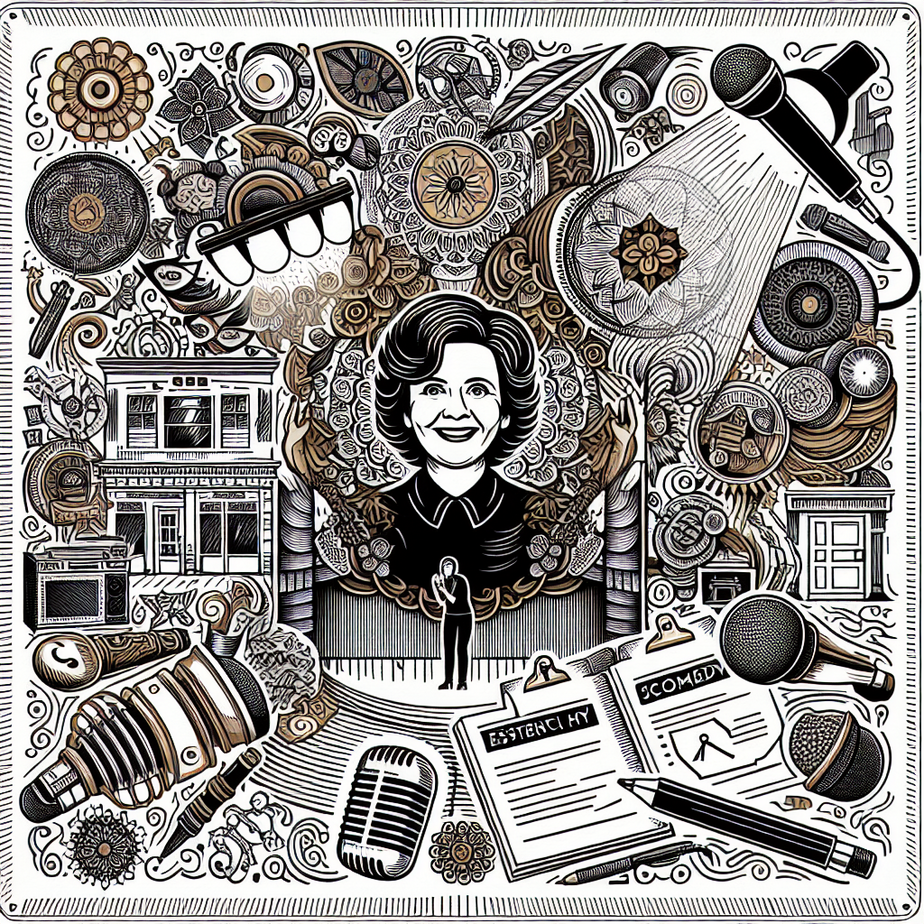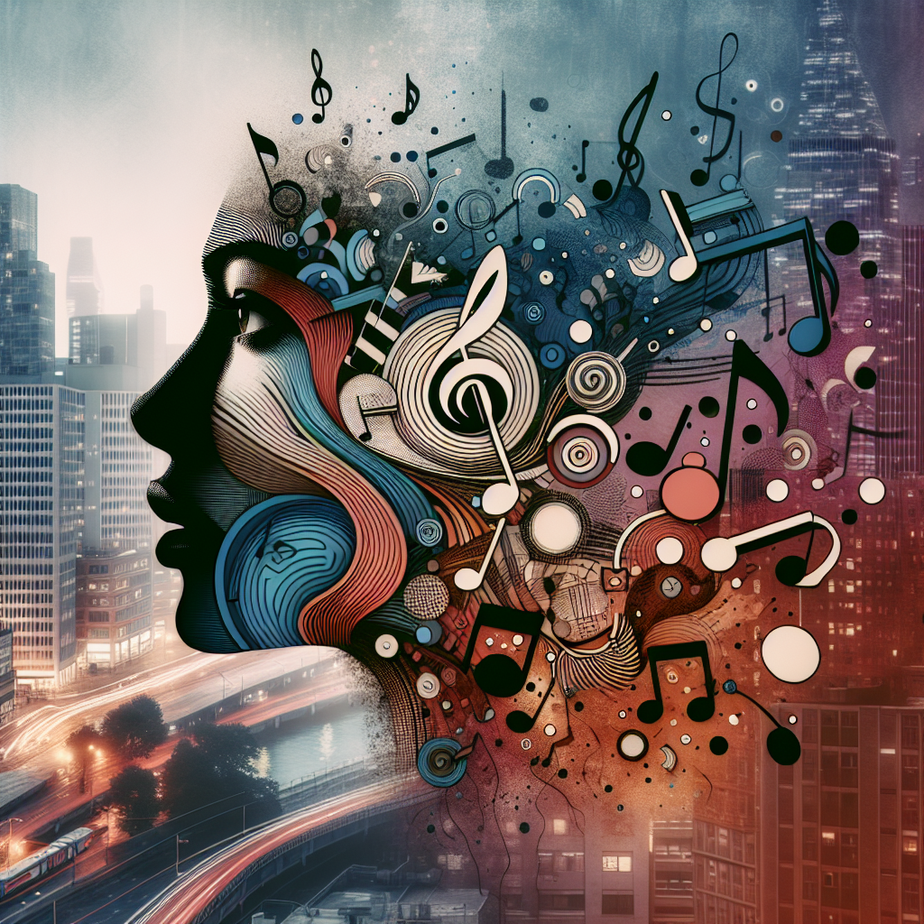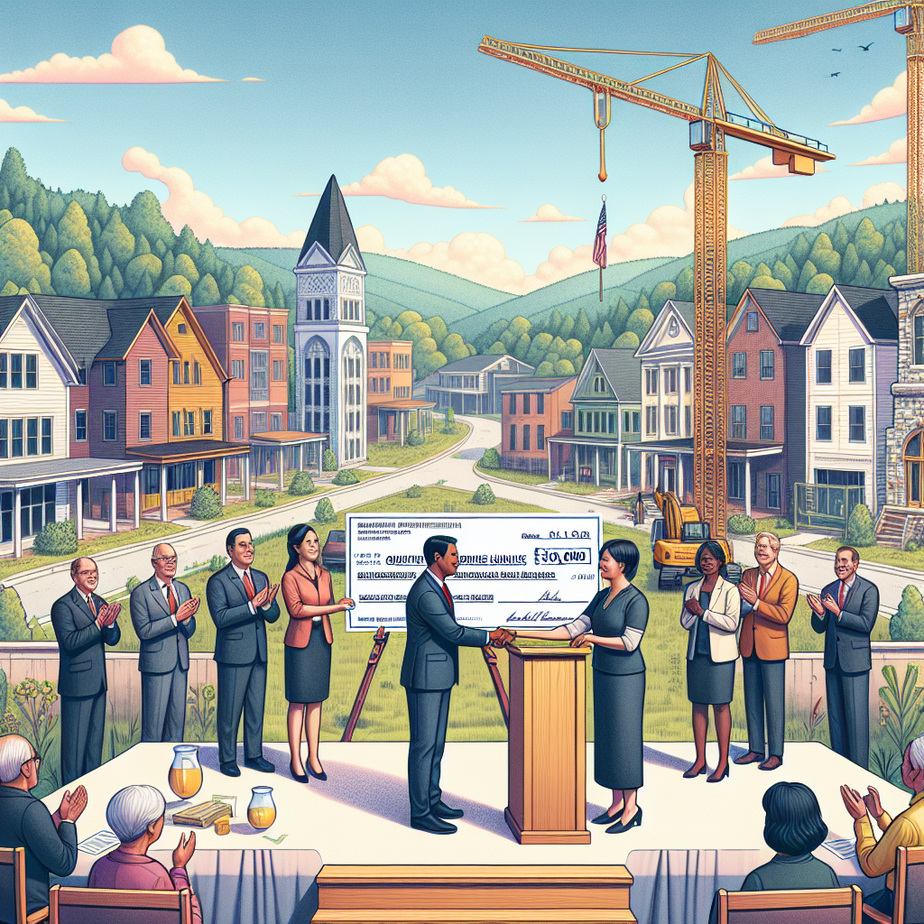In an unexpected twist at Dodgers Stadium, Nezza, a singer-songwriter celebrated for her Colombian-Dominican roots, found herself at the center of controversy. The typically straightforward tradition of singing the national anthem took an unconventional turn when Nezza chose to deliver it in Spanish, igniting a flurry of mixed responses. Despite initial instructions to stick to the original English rendition, Nezza’s decision was driven by her intent to showcase solidarity with immigrant families, aiming to bridge cultural divides rather than deepen them.
The move stirred a conversation around the inclusivity and representation of diverse cultures within American traditions. For many, Nezza’s performance was a powerful statement about the evolving face of America—a tapestry that is richly woven with various languages and heritages. Yet, traditionalists saw it differently, viewing the bold interpretation as an unnecessary deviation from American convention. Nezza’s rendition was a personal expression resonating with those who navigate the delicate balance of dual identities in their daily lives.
Historically, music has always been a medium for expression and protest, offering a voice to the marginalized and spotlighting pressing social issues. Nezza’s choice to sing in Spanish can be seen as a modern-day echo of such traditions, aiming to unite rather than divide. Her rendition highlights the growing calls for inclusivity and acknowledgment of the contributions made by immigrants in shaping American society.
However, the backlash Nezza faces reveals a persistent divide between the celebration of cultural diversity and maintaining traditional norms. Her experience at Dodgers Stadium underscores a broader ongoing dialogue about what it truly means to be inclusive in society. The mixed public reactions suggest that, while strides have been made, there remains substantial ground to cover in reconciling diverse identities within national expressions.
In conclusion, Nezza’s rendition of the national anthem in Spanish might have cost her a welcome at Dodgers Stadium, yet it propels a necessary conversation about cultural acceptance and unity. As America’s demographic landscape continues to shift, so too must the symbols that unify its people. Music, in any language, should be a source of connection. Perhaps the lesson here is that embracing diversity can lead to a deeper understanding of what it means to be unified, challenging us all to consider how inclusive our shared traditions are.




























